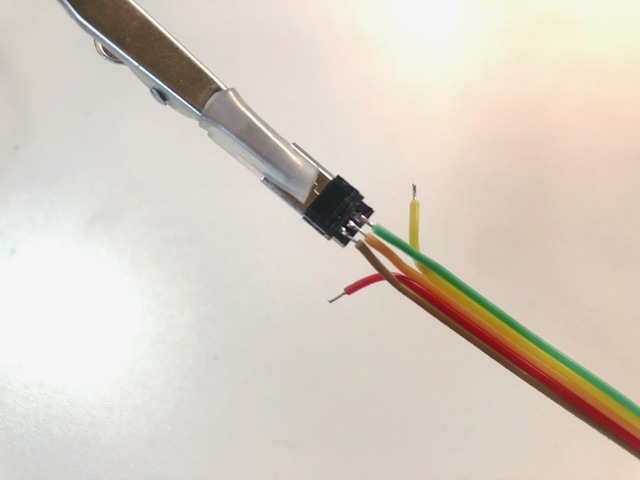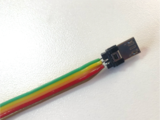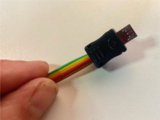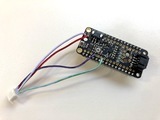This whip ain't just for whippin' cows. It's for whippin' the darkness away.
Now most folks believed it couldn't be done. "Lefty," they told me, "ain't no way you're makin' a whip that both cracks up loud n' lights up bright at the same time. Them e-lectronics is delicate," they said, "ain't no way you can do it."
Well, like my momma always taught me, there's plenty-a ways to skin a cat. The proof is in the pudding. And after throwin' out half a dozen puddings, you always find one that hangs together. Sometimes, you find one that grabs you by the roots of your soul and don't let go.
This whip is made from a Feather NRF32840 Sense board soldered to a PropMaker wing. It's got sound reactivity - whenever the whip cracks, a bright animation lights up the whole length of the whip.
But we can do you one better n' that. This whip's also got motion sensitivity, with two levels of swing-based animations, triggered by the motion of your arm. Choose your own custom colors and speeds to truly make it yours.
This project requires a bit of tricky solderin' and a bit of patience. But the end result will complete you, and feed that little outlaw in your soul.
Adafruit Parts Needed


Additional Materials
- A 6ft bullwhip - we used this leather one
- 12" PVC pipe with a 1" interior (not exterior) diameter. The electronics won't fit in a 1" exterior pipe so be sure to get the right size! We found this at our local ACE hardware.
- PVC end cap that fits onto your pipe
- Sports grip tape or leather cord to wrap your handle
- Strong tape and/or needle & heavy duty thread
Tools Needed
- Soldering iron & accessories
- Saw for cutting the wooden handle
- Drill & various sized bits
- Screwdriver
- Rotary tool or chisel & file
- Patience
































































































